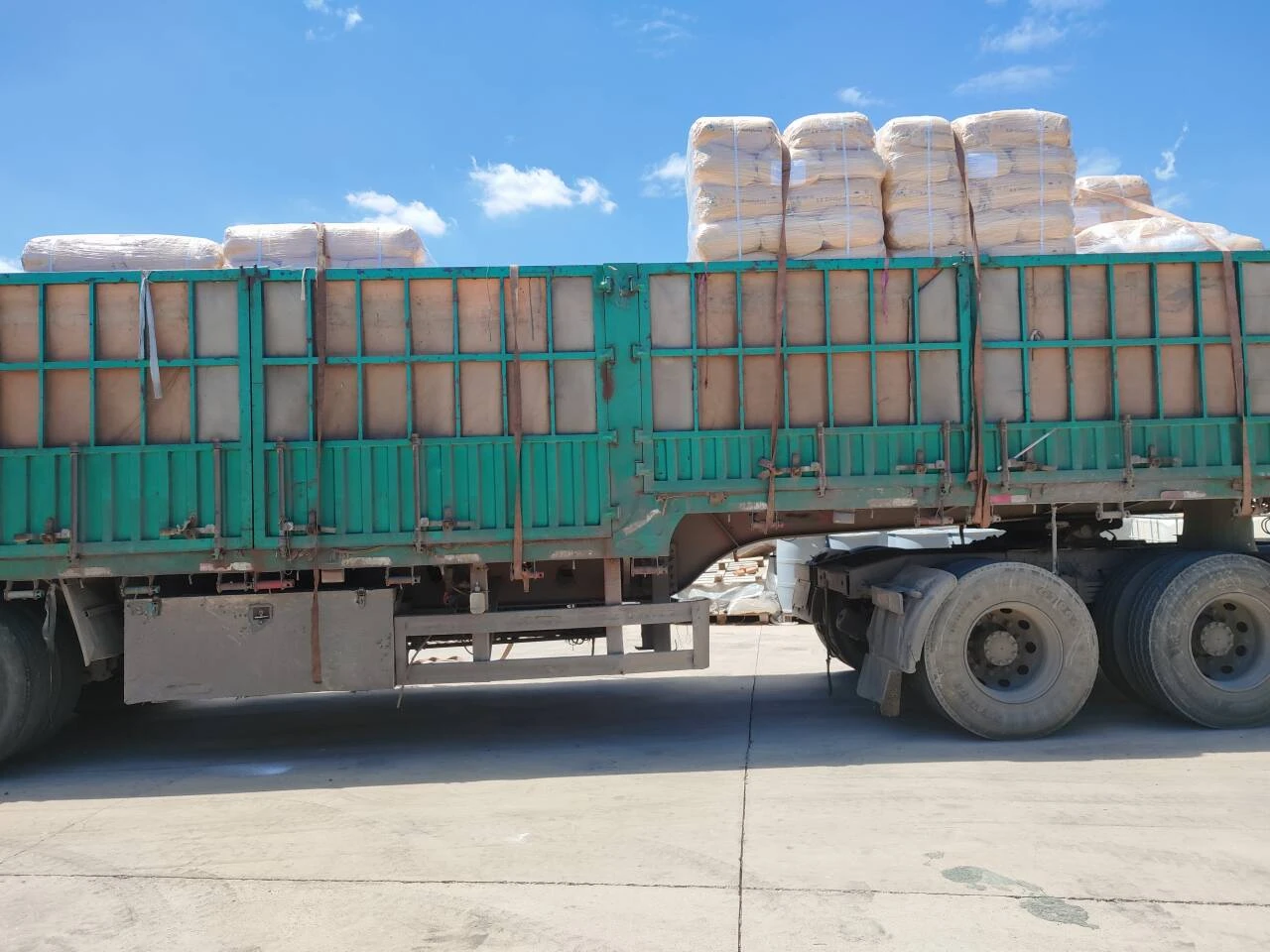The Role of Polyacrylamide in Various Applications
Polyacrylamide, a synthetic polymer, has garnered significant attention across various fields due to its unique properties and versatile functionality. This water-soluble polymer is synthesized from acrylamide subunits and possesses a range of molecular weights, which can be tailored to meet specific application requirements. Its applications span across industries such as agriculture, environmental science, and biotechnology, demonstrating its importance in both practical and scientific contexts.
Agricultural Applications
Polyacrylamide is widely used in agriculture, particularly in soil moisture retention and erosion control. When incorporated into soil, polyacrylamide can absorb and retain water, thereby enhancing soil moisture availability. This quality is especially beneficial in arid and semi-arid regions, where water scarcity can severely limit crop productivity. By improving soil structure and reducing erosion, polyacrylamide not only contributes to increased crop yields but also supports sustainable agricultural practices.
Additionally, polyacrylamide is employed in the formulation of controlled-release fertilizers. By combining polyacrylamide with fertilizers, the release of nutrients can be regulated, providing a more steady supply to plants and reducing the need for frequent applications. This not only optimizes fertilizer usage but also minimizes environmental impacts, such as nutrient runoff into waterways.
Environmental Applications
In environmental science, polyacrylamide is utilized primarily in water treatment processes. It acts as a flocculant, helping to aggregate suspended particles in water, which can then be easily removed. This is particularly useful in the treatment of wastewater where the removal of pollutants is critical for compliance with environmental regulations. The use of polyacrylamide in this context not only enhances water quality but also promotes the recycling of water resources, which is essential in an era where water scarcity is becoming increasingly prevalent.
polyacrylamide function

Moreover, polyacrylamide has been used in soil remediation efforts. Its gel-like properties allow it to bind with heavy metals and other contaminants, thereby immobilizing them and preventing further leaching into groundwater. This is a crucial step in cleaning up contaminated sites, making land usable again while safeguarding the environment.
In Biotechnology and Laboratory Research
In the field of biotechnology, polyacrylamide gels are extensively employed in electrophoresis, a technique used for the separation of biomolecules such as proteins and nucleic acids. The unique properties of polyacrylamide allow for the creation of gels with varying pore sizes, which can be adjusted depending on the size of the molecules being analyzed. This adaptability makes polyacrylamide a staple in molecular biology laboratories, playing a fundamental role in DNA sequencing and protein analysis.
Furthermore, polyacrylamide is involved in the development of drug delivery systems. Its biocompatibility and ability to form hydrogels make it an ideal candidate for encapsulating drugs, providing controlled release and improving therapeutic efficacy. This ability is particularly relevant in the development of targeted therapies that minimize side effects and enhance the effectiveness of treatments.
Conclusion
The multifunctional capabilities of polyacrylamide make it an invaluable resource across various sectors. From enhancing agricultural productivity and promoting sustainable practices to playing a pivotal role in environmental remediation and scientific research, its applications are diverse and impactful. As technology advances and the challenges in agriculture, environmental science, and biotechnology evolve, the role of polyacrylamide is likely to expand even further, solidifying its status as a key polymer in both industrial and research settings. With ongoing innovations, polyacrylamide's potential will continue to be harnessed, addressing contemporary issues and paving the way for future advancements.

